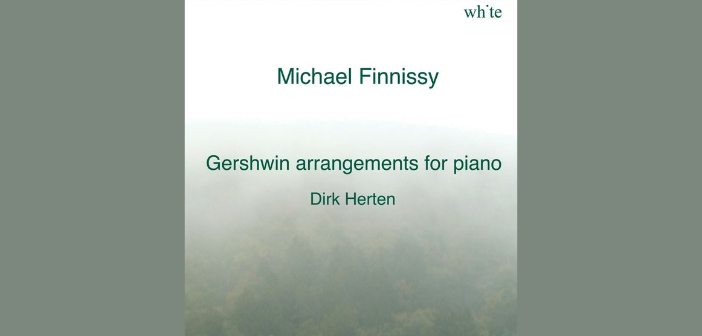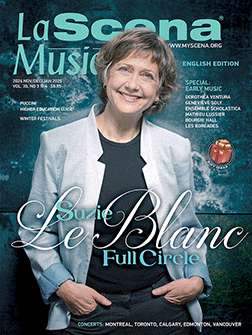
Alfred Schnittke is a name we often shy away from on this side of the Atlantic. His style of unabashed dissonance is not solely reliant on serialism, but rather an understanding of the latent dramatic potential of atonality, an understanding that is made possible by his awareness and appreciation of the music that preceded him. Instead of breaking with the past, Schnittke aimed to show the connections between past and present in his so-called “polystylism”; this is no more evident than in his chamber output for the violin. The two-CD set opens with the late Third Sonata (1994), darkly opulent…













